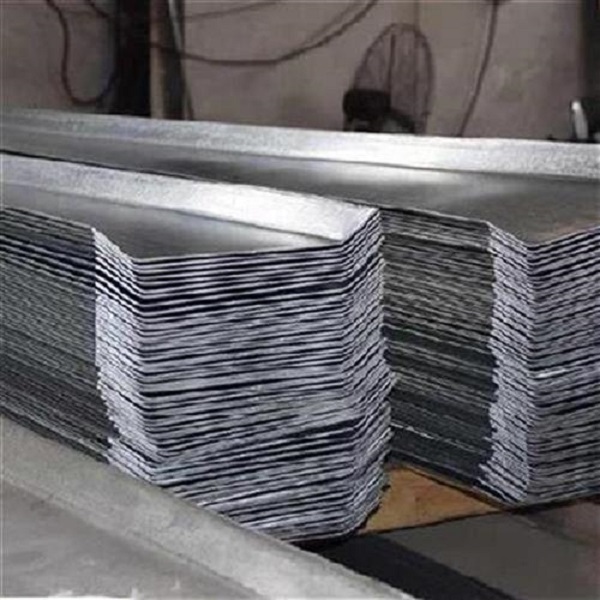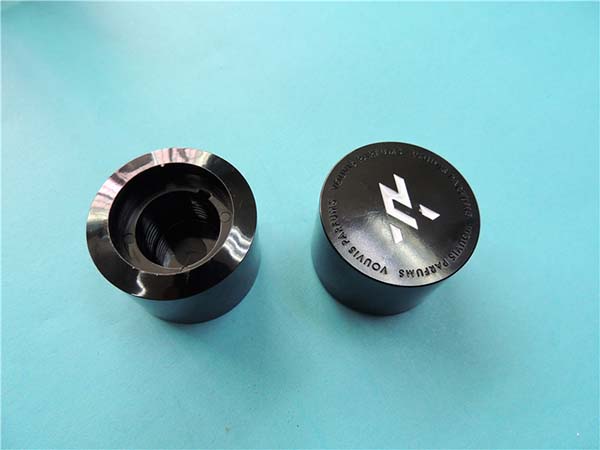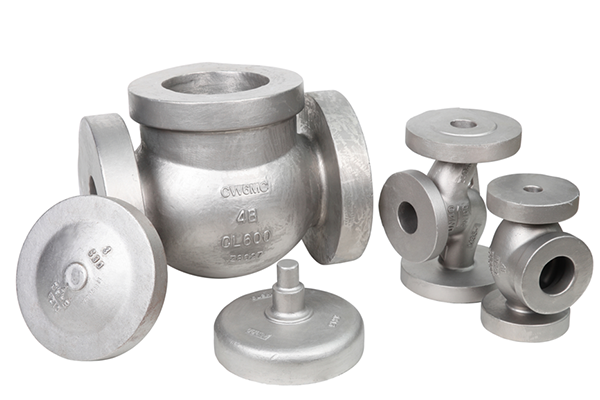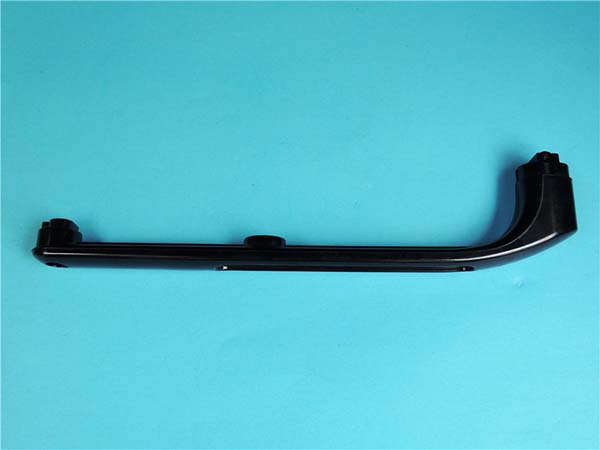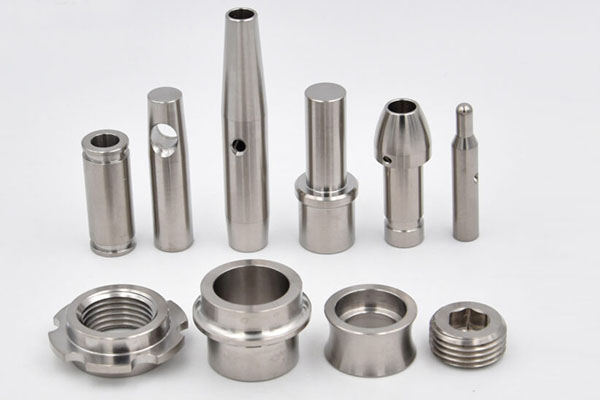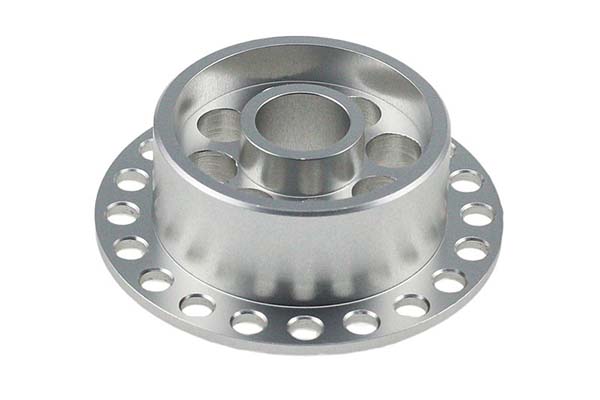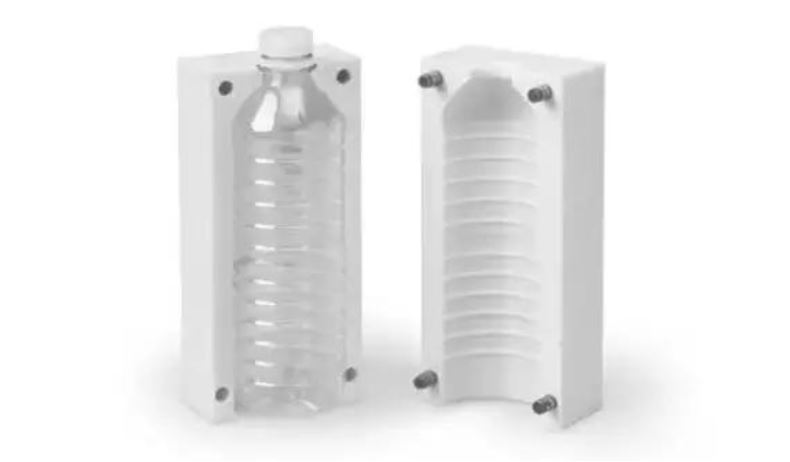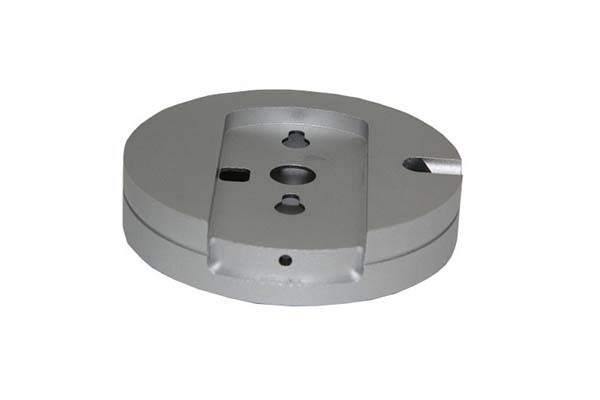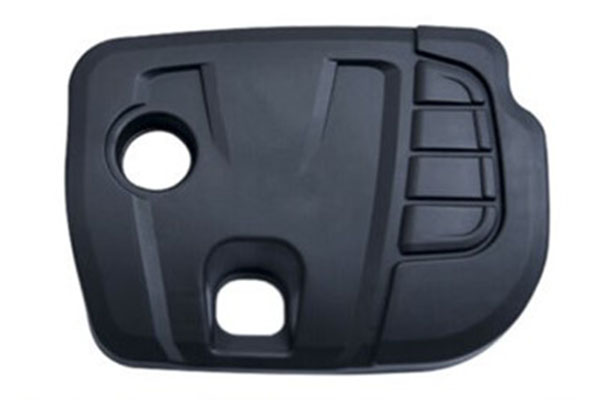Introduction
In the fast - evolving landscape of modern technology, laser prototypes have emerged as a cornerstone for innovation across multiple industries. They serve as the initial, experimental models of laser - based technologies, which are crucial in testing new concepts, refining designs, and ultimately leading to the development of fully - fledged, commercial laser products.
The significance of laser prototypes cannot be overstated. In the field of manufacturing, they enable the creation of highly precise components with complex geometries. For instance, in the aerospace industry, laser prototypes are used to fabricate lightweight yet strong parts for aircraft engines and airframes. These prototypes allow engineers to experiment with different materials and manufacturing techniques, such as laser powder bed fusion, which can produce parts with internal structures that are impossible to achieve through traditional manufacturing methods.
In the medical field, laser prototypes are at the forefront of developing new treatment modalities. Lasers are being explored for minimally invasive surgeries, where precise energy delivery can minimize damage to surrounding tissues. Prototype laser systems are tested to determine the optimal wavelength, power, and pulse duration for treating various medical conditions, from eye surgeries to cancer treatments.
Moreover, in the defense and security sectors, laser prototypes are driving the development of advanced weaponry and surveillance systems. High - energy laser prototypes are being developed to counter threats such as drones and missiles. Their ability to deliver a focused beam of energy at the speed of light offers a significant advantage over traditional kinetic - based weapons.
As we delve deeper into the world of laser prototypes in this article, we will explore their types, the materials used in their construction, the manufacturing processes involved, and how to choose the right laser prototype for specific applications. Whether you are an engineer, a researcher, or a business looking to invest in laser - related technologies, this information will be invaluable in understanding the potential and challenges of laser prototypes.
Types of Laser Prototypes
Gas Lasers
Gas lasers use a gas or a mixture of gases as the lasing medium. The working principle involves exciting the gas atoms or molecules through an electrical discharge or optical pumping. For example, in a helium - neon (He - Ne) laser, the most common type of gas laser, an electrical discharge is used to excite the helium atoms. These excited helium atoms then transfer their energy to neon atoms through collisions. The neon atoms, in turn, achieve a population inversion, which is the key condition for laser emission.
Common gas media include carbon dioxide (\(CO_2\)), helium - neon (He - Ne), and argon ion. \(CO_2\) lasers are well - known for their high power output and are often used in industrial cutting and welding applications. They can produce laser beams with wavelengths in the far - infrared range, typically around 10.6 micrometers. This wavelength is highly absorbed by many materials, making \(CO_2\) lasers very effective for cutting through metals, plastics, and ceramics.
He - Ne lasers, on the other hand, are often used in applications where a low - power, highly stable laser source is required. They emit red light at a wavelength of 632.8 nanometers and are commonly found in barcode scanners, interferometry setups, and optical alignment systems.
Argon ion lasers produce intense blue - green light and are used in scientific research, such as in fluorescence microscopy and spectroscopy, as well as in some medical applications like eye surgery.
Solid - State Lasers
Solid - state lasers have a solid gain medium, which usually consists of a host material doped with active ions. The host material can be a crystal, such as yttrium aluminum garnet (YAG), or a glass. The active ions, like neodymium (Nd), erbium (Er), or ytterbium (Yb), are responsible for the laser action.
The structure of a solid - state laser typically includes a laser rod (the gain medium), a pump source (such as a flashlamp or a semiconductor laser diode), and an optical resonator. The pump source excites the active ions in the gain medium to a higher energy level, creating a population inversion.
Common solid - state gain media include Nd:YAG (neodymium - doped yttrium aluminum garnet), which is widely used in industrial processing, such as laser cutting, drilling, and marking. Nd:YAG lasers can operate in both pulsed and continuous - wave (CW) modes. In pulsed mode, they can deliver high - energy pulses, making them suitable for applications that require high - power bursts, like laser drilling holes in hard materials.
Er:YAG (erbium - doped yttrium aluminum garnet) lasers are used in medical applications, especially in dentistry and dermatology. They emit light in the mid - infrared range, around 2.94 micrometers, which is highly absorbed by water in biological tissues. This property allows for precise ablation of tissue with minimal damage to the surrounding area.
In the military, solid - state lasers are being developed for applications such as directed - energy weapons and target designation. Their high - power output and relatively compact size make them attractive for use on military platforms.
Semiconductor Lasers
Semiconductor lasers, also known as laser diodes, operate based on the principle of stimulated emission in a semiconductor material. They are made of semiconductor materials, typically from the III - V compound semiconductor family, such as gallium arsenide (GaAs) and indium phosphide (InP).
These lasers have several advantages, including their small size, high efficiency, and ease of integration with other electronic components. They can be directly modulated by an electrical current, which makes them suitable for high - speed optical communication applications.
In optical communication, semiconductor lasers are used as light sources in fiber - optic communication systems. They can transmit data at high speeds over long distances through optical fibers. For example, in a typical fiber - optic network, laser diodes convert electrical signals into optical signals, which are then transmitted through the fiber. The small size of semiconductor lasers allows for high - density packaging in optical transmitters and receivers.
In the field of data storage, semiconductor lasers are used in CD, DVD, and Blu - ray drives. They emit light that is used to read and write data on the optical discs. The high - speed modulation capabilities of semiconductor lasers enable fast data transfer rates during the reading and writing processes.
Semiconductor lasers are also widely used in laser printers. They are used to create an electrostatic image on the photosensitive drum, which is then developed with toner to form the printed image on the paper.
Applications of Laser Prototypes
Industrial Applications
In the industrial sector, laser prototypes have found a wide range of applications. For laser cutting, companies like Boeing use high - power \(CO_2\) laser prototypes to cut complex shapes in aircraft components made of materials such as aluminum alloys and titanium. This process offers a high degree of precision, with tolerances as low as ±0.05 mm. It is much faster than traditional mechanical cutting methods, reducing production time by up to 30% in some cases.
Laser welding is another key application. In the automotive industry, Audi uses solid - state laser prototypes to weld parts in their car bodies. Laser welding provides a stronger and more precise joint compared to traditional spot welding. It can reduce the weight of the welded structure by up to 20% due to the smaller heat - affected zone, which also leads to better mechanical properties of the welded parts.
Laser marking is also prevalent. For example, in the electronics industry, Apple uses semiconductor laser prototypes to mark serial numbers and logos on their products. Laser - marked information is highly durable and resistant to wear and corrosion, ensuring long - term traceability of the products.
Medical Applications
In the medical field, laser prototypes are revolutionizing treatments. In ophthalmic surgery, laser - assisted in - situ keratomileusis (LASIK) is a well - known procedure. Using excimer laser prototypes, surgeons can reshape the cornea to correct refractive errors such as myopia, hyperopia, and astigmatism. The laser pulses are extremely precise, removing tissue in increments as small as 0.25 micrometers, which minimizes damage to the surrounding healthy tissue and leads to a faster recovery time compared to traditional refractive surgery methods.
In dermatology, erbium - doped yttrium aluminum garnet (Er:YAG) laser prototypes are used to treat various skin conditions. They can ablate the outer layer of the skin to remove wrinkles, scars, and skin lesions. The principle is based on the high absorption of the laser's wavelength (around 2.94 micrometers) by water in the skin cells, which allows for precise and controlled tissue removal.
For tumor treatment, photodynamic therapy (PDT) uses laser prototypes in combination with photosensitizing agents. The laser activates the photosensitizer, which then produces reactive oxygen species that destroy the tumor cells. This method is minimally invasive and can be used to treat cancers in various organs, such as the skin, bladder, and lungs, with fewer side - effects compared to traditional chemotherapy and radiation therapy.
Research and Development
In research and development, laser prototypes play a crucial role. In spectroscopy, lasers are used to analyze the chemical composition of materials. For example, in a laboratory studying the composition of ancient artifacts, a laser - induced breakdown spectroscopy (LIBS) prototype can be used. A high - energy laser pulse is focused on a small spot of the artifact, creating a plasma. The light emitted from the plasma contains information about the elements present in the sample. By analyzing the spectrum of this light, researchers can determine the exact chemical composition of the artifact, which helps in understanding its origin and manufacturing process.
In materials research, laser prototypes are used to study the properties of new materials. For instance, when developing new superconducting materials, lasers can be used to create high - pressure and high - temperature conditions in a small sample volume. This allows researchers to observe how the material behaves under extreme conditions and to identify the critical temperature and pressure at which the material becomes superconducting.
In quantum optics experiments, laser prototypes are essential for generating and manipulating single photons and entangled photon states. These experiments are fundamental to the development of quantum computing and quantum communication technologies. For example, a semiconductor laser prototype can be used to generate single - photon sources, which are crucial for quantum key distribution, a method of secure communication based on the principles of quantum mechanics.
Yigu Technology's View
As a non - standard plastic and metal products custom supplier, Yigu Technology highly values the application of laser prototypes in product manufacturing. Laser prototypes enable us to achieve higher precision in product development. For plastic products, the precise energy control of lasers in the prototyping stage helps create complex shapes with smooth surfaces, reducing the need for secondary processing. In metal product prototyping, lasers can accurately cut and weld, enhancing the structural integrity and quality of the products.
We believe that the use of laser prototypes can significantly shorten the product development cycle. By quickly testing design concepts through laser - based prototyping, we can make timely adjustments and optimizations, which is crucial for meeting market demands promptly. Yigu Technology looks forward to more in - depth cooperation with various industries in the application of laser prototypes, bringing more innovative and high - quality products to the market.
FAQs
What are the main differences between different types of laser prototypes?
Gas lasers, such as \(CO_2\), He - Ne, and argon ion lasers, use gas as the lasing medium. They are excited by electrical discharge or optical pumping. Gas lasers like \(CO_2\) lasers are high - power and suitable for industrial cutting and welding, while He - Ne lasers are low - power and used in barcode scanners.
Solid - state lasers have a solid gain medium doped with active ions. They require a pump source and an optical resonator. Nd:YAG solid - state lasers are used in industrial processing, and Er:YAG lasers are for medical applications. They can output high - power laser with excellent beam quality but are relatively large in size.
Semiconductor lasers, or laser diodes, operate based on stimulated emission in semiconductor materials. They are small, efficient, and easy to integrate. They are widely used in optical communication, data storage, and laser printers, but their beam quality is relatively poor compared to solid - state lasers.
How to choose the right laser prototype for a specific application?
First, clearly define your application requirements. For example, if it's for industrial cutting, you need a high - power laser like a \(CO_2\) or solid - state laser. If it's for optical communication, a semiconductor laser is more suitable.
Match the parameters of the laser prototype to your needs. Consider factors such as wavelength, power, pulse duration, and beam quality. Different materials absorb different wavelengths of laser light, so choose a wavelength that is well - absorbed by the material you are working with.
Cost is also an important factor. Gas and solid - state lasers are often more expensive due to their complex structures and high - power requirements, while semiconductor lasers are relatively inexpensive, especially in large - scale production.
What are the future development trends of laser prototypes?
Laser prototypes are likely to become smaller in size. Miniaturization allows for more portable and integrated applications, such as in wearable devices and small - scale medical instruments.
Higher power output is another trend. This is crucial for applications like industrial manufacturing, where high - power lasers can increase processing speed and efficiency.
Efficiency improvements are also expected. More efficient lasers consume less energy, which is not only cost - effective but also environmentally friendly.
Finally, multi - functional integration will be a significant development direction. Laser prototypes will be able to perform multiple tasks simultaneously, such as combining cutting and welding functions in a single device, or integrating sensing and processing capabilities in a laser - based system.
